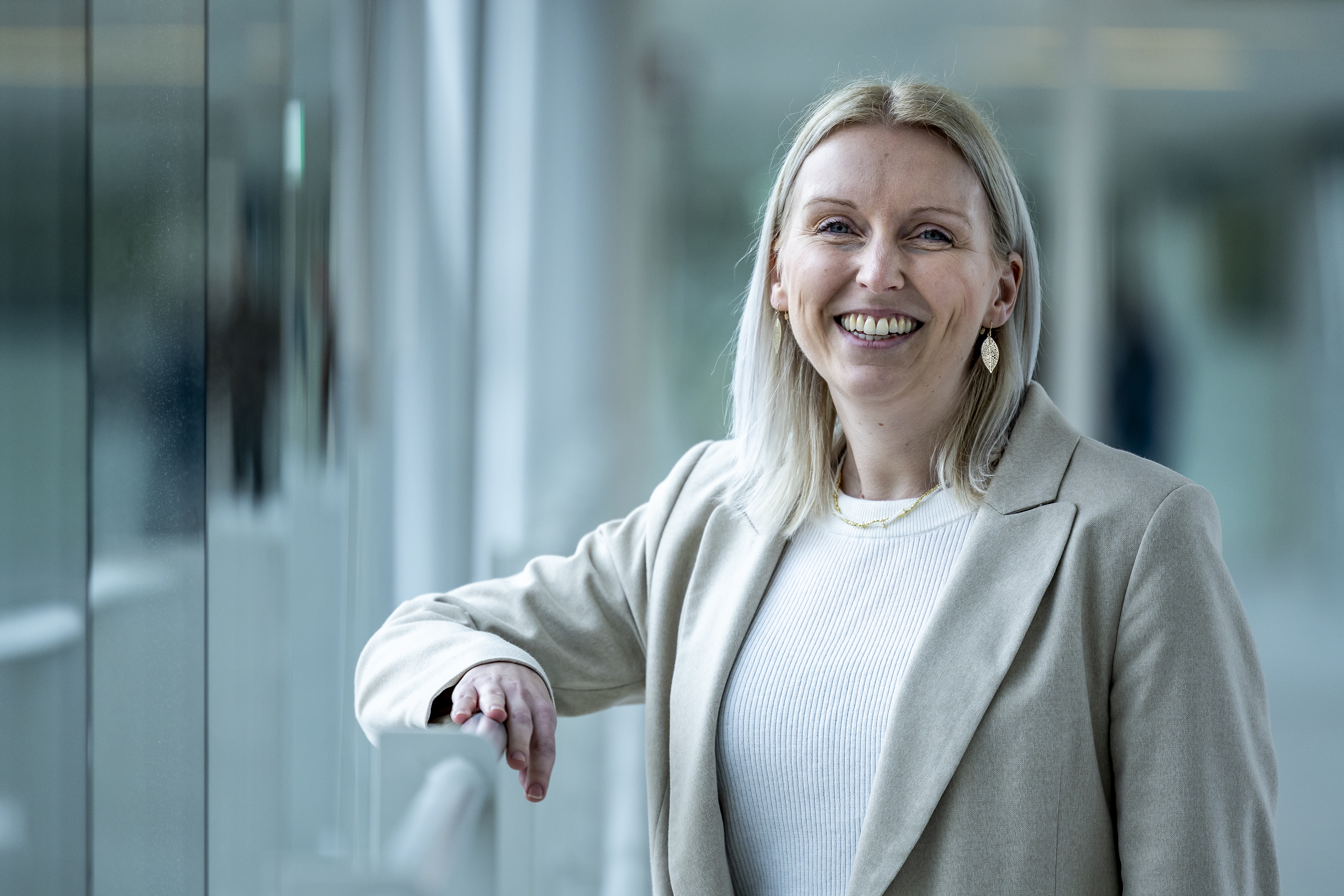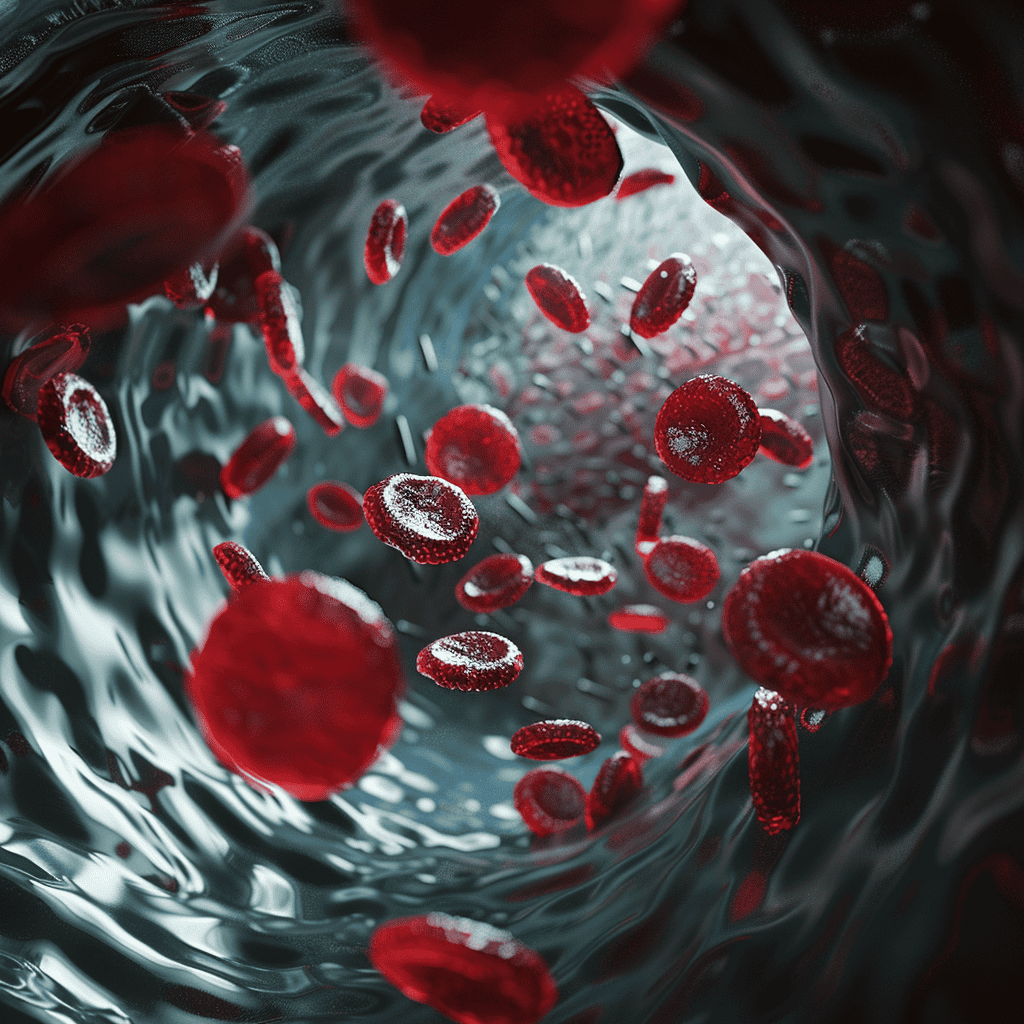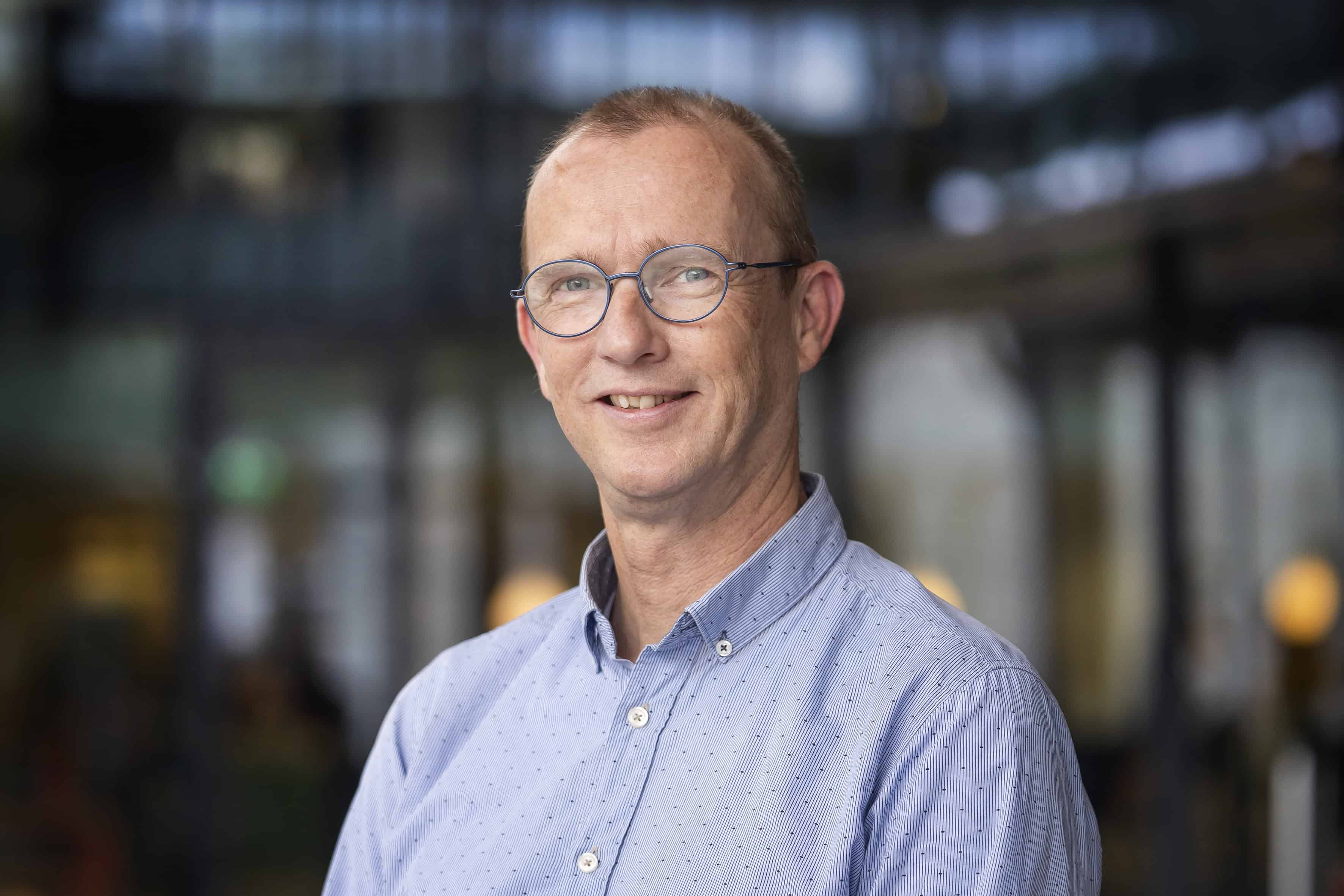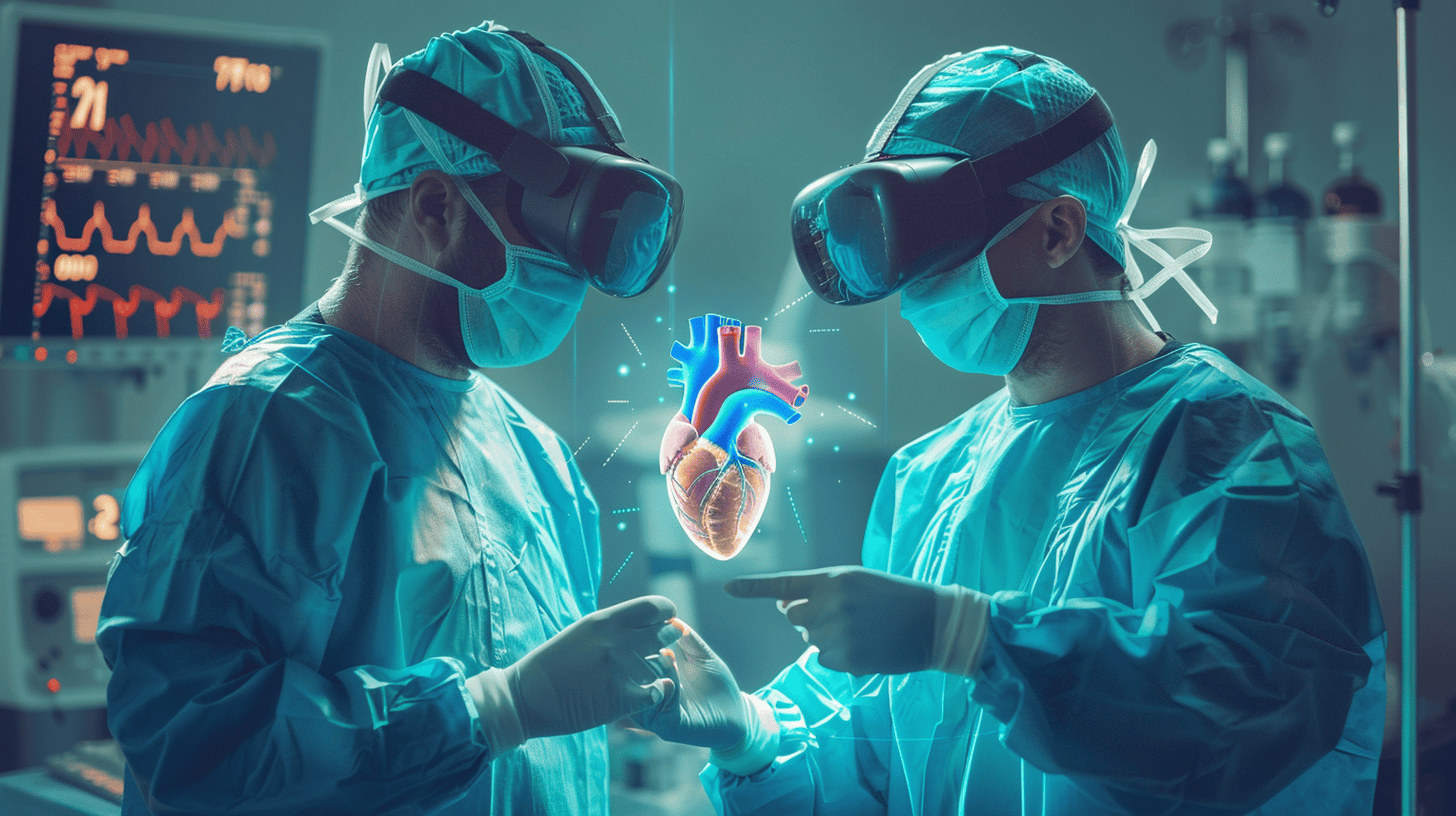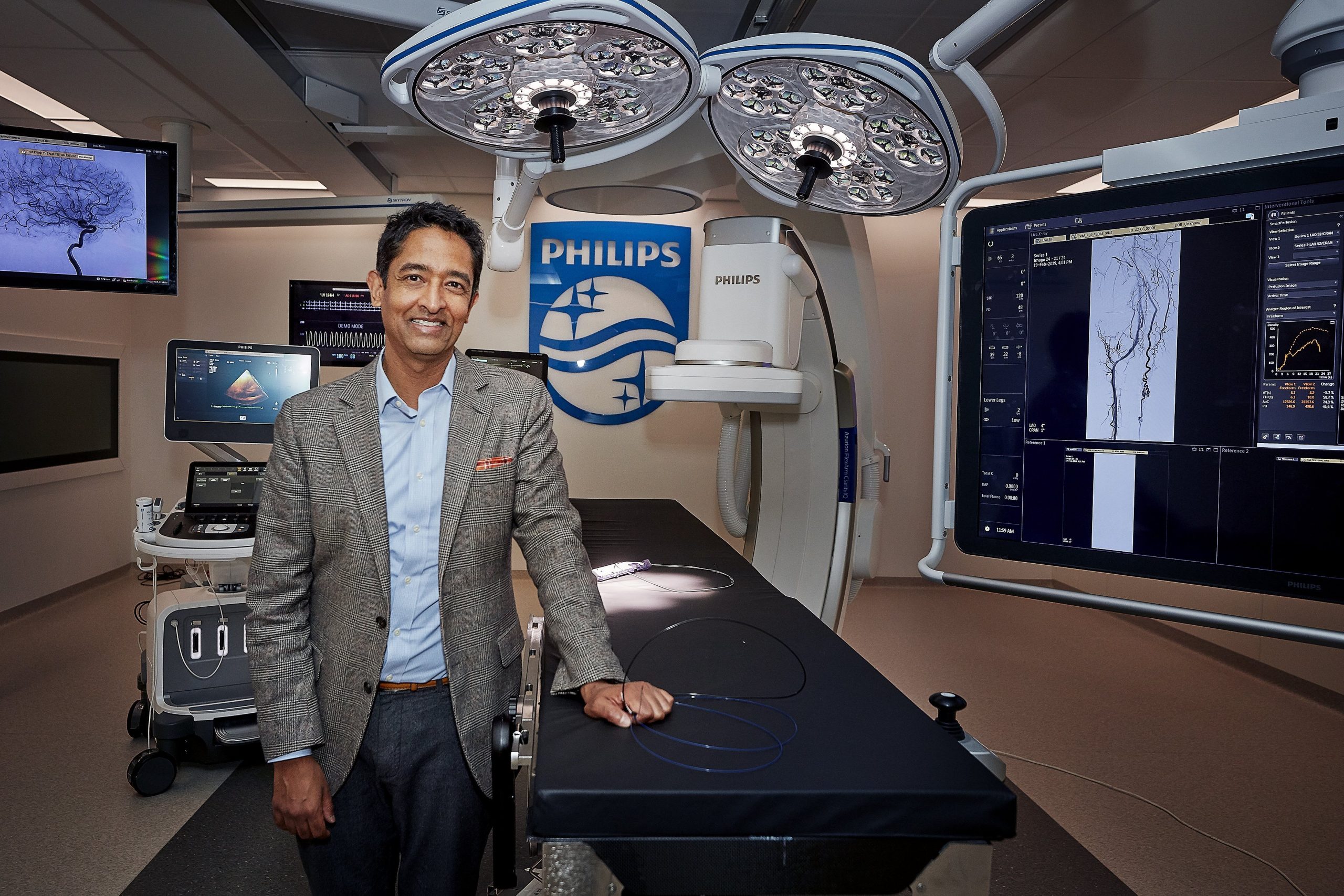
Philips in Best, the Netherlands, has completed a test of its new ‘Fiber Optic Real Shape’ (FORS) technology at the academic UMC hospital in Utrecht. So, there is no longer any reason to push a catheter through a vein or blood vessel needlessly (because otherwise it wasn’t possible to see how these wind their way through the body). There is also no need for more exposure to X-rays. Innovation Origins asked radiologist and Image Guided Therapy Chief Medical Officer at Philips, Dr. Atul Gupta, how the technology works. “This is a major breakthrough for medicine. Doctors are going to use this technology for all kinds of treatments.”
You are currently testing a new surgical technique using Philips’ ‘Fiber Optic Real Shape’ technology. Can you explain what that is?
You need X-rays for the conventional way of looking inside a body. In Fiber Optic Real Shape technology, we use a catheter the size of a piece of spaghetti which contains technology [sensors, ed.] that works on the basis of light. The information that this provides is sent straight to our image processing system which is connected to screens in the operating theater. We then see the location of the catheter in the body and the shape of that location [a vein or blood vessel, ed.] on the images, without the need for X-rays. The image that the catheter sends through is three-dimensional. This means that I am able to navigate through your body without the need for an X-ray machine. This offers a significant advantage, as it reduces the exposure of radiation to patients, doctors and nurses. It also gives me a much better picture of the internal body which my device is moving through. That works better than the two-dimensional X-rays that we have been using up until now. You can operate much more precisely with a three-dimensional image.”
As a doctor, will you be able to operate faster using this method than you can with X-ray images?
“We have conducted research into this at the UMC in Utrecht. But in previous demonstrations with catheters in veins during medical conferences, doctors who were using X-rays struggled during surgeries to get through veins that were twisted. That didn’t work out very well because they couldn’t see how the vein was shaped. They applied extra pressure to the catheter even though that didn’t help. When we got those three-dimensional images, we realized that there was no point. Because the vein was winding around, for example. Consequently, it would have been better to steer the catheter upwards rather than forwards. When we saw that, we were able to get through the vein with the catheter thread in under a second. So I definitely think that our technology will shorten operating times.”
How many hospitals are already using this system?
“It’s just a research product, so you can’t buy it yet. The UMC in Utrecht is the only location where this technology has been used for trials.”
Can you only use it to move through blood vessels?
“No. It can pass through blood vessels, but also through veins. But in the future its scope could be expanded. At the moment, we only use it to move a catheter through veins and blood vessels.”
When will the product be available on the market?
“We need to do more research in order to prove that it is safe and effective. Then we have to get approval from the medical equipment regulators like the FDA in the US. We have never set a date for when the product will eventually be offered for sale. But we intend to start clinical trials with it on patients soon. Usually, it doesn’t take long before approval can be granted.”
So far, have the results been as you expected? In other words, were there fewer patients harmed after an operation compared to the existing method used to date?
“The equipment can be used for all kinds of problems. But we have limited ourselves to the treatment of aneurysms in the stomach area. These types of veins twist and twirl quite a bit. We can now treat them by inserting a stent, a kind of tube to repair the aneurysm. This is a complex procedure. We are now looking at how the use of the catheter and the three-dimensional image on the screen enhances this procedure. Is there less need for X-rays? Can we operate faster? Will the operation be safer than blindly attempting to repair the vein over an extended period of time, which may cause complications because you can only use two-dimensional X-ray images? X-ray images do not allow you to look at the vein from all angles, you just have two-dimensional images. With three-dimensional images, you are able to view the veins from all angles. So then you see exactly where they go and where the problem is. You can compare the new method to a TomTom, or a three-dimensional GPS. But then for the inside of the body.”
So the new method works the way you expected to?
“Indeed.”
Is it an expensive system for hospitals to purchase?
“We don’t know yet. We are still going through the validation process. If we can demonstrate that this technology significantly shortens the operating procedures and that it works well, allowing you to treat more patients, it will be worth the expense. But at the moment it is too early to say anything about the costs. We don’t have that information as yet.”
Who invented it?
“We have discussed this technology with a lot of doctors. It is in fact a product that came into being through co-creation. We asked doctors what this procedure could be used for, such as heart surgery and surgery on veins in legs, veins that contain aneurysms. On the basis of this information, we started to test the treatment procedures for aneurysms. But as soon as doctors get a hold of this equipment for aneurysms, they automatically start thinking about all kinds of other applications. They soon think: hey, this is a great tool. That’s just how it always goes with tools. Why should I use a hammer just to hit a nail in the wall? Once they have a hold of it, they will use it for other procedures.”
Do you think this is a breakthrough development for medicine?
“I think so. For the first time ever, we can operate in an image-guided manner without the use of X-ray images. We are able to use 3-D images for the first time too. We are able to navigate our way through the body this way – another first! This is a major breakthrough for me. In addition, the X-ray images that we are currently using during operations have not been recorded live. With the new three-dimensional technology which uses this catheter, the images are live. You can decide to change your approach during the surgery if you see that what you were planning to do is not going to work.”





